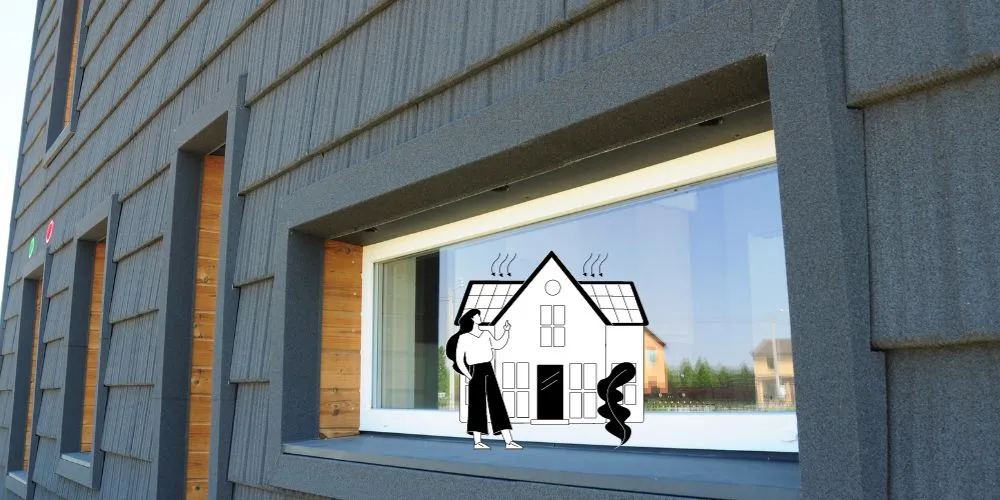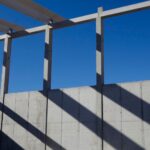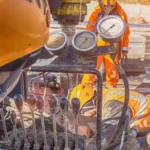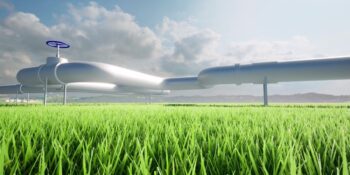Passive House design represents a paradigm shift in sustainable architecture, focusing on energy efficiency, comfort, and environmental impact. This comprehensive article explores Passive House design’s principles, components, benefits, challenges, and future trends. By delving into the intricacies of this innovative approach, we unveil the transformative potential it holds for creating environmentally friendly and energy-efficient buildings.
Understanding Passive House Design
Passive House design, rooted in energy efficiency and sustainability principles, is a holistic approach to building design and construction. It emphasizes creating structures that minimize energy consumption while maximizing occupant comfort. This design philosophy revolves around rigorous standards and principles, ensuring that buildings operate with minimal reliance on external energy sources.
Principles of Passive House Design
Passive House design is guided by several fundamental principles shaping its architecture and construction approach.
Super Insulation
At the core of Passive House design is the concept of super insulation. Buildings are enveloped in high-performance insulation materials to minimize heat transfer between the interior and exterior environments. It ensures that the structure remains thermally stable, requiring less energy for heating and cooling.
Airtight Construction
Airtight construction is another key principle, preventing unwanted air leakage that can compromise the building’s energy efficiency. A carefully sealed building envelope ensures that the interior climate is controlled, reducing the need for excessive heating or cooling and enhancing overall energy performance.
High-Performance Windows and Doors
Using high-performance windows and doors with advanced glazing technologies is crucial in Passive House design. These components optimize natural light while minimizing heat loss, contributing to the overall energy efficiency of the building.
Ventilation with Heat Recovery
It incorporates a sophisticated ventilation system with heat recovery. This system ensures a constant supply of fresh air while recovering heat from the exhaust, maintaining a comfortable indoor climate without excessive energy consumption.
Components of Passive House Design
It integrates several key components that collectively contribute to the energy-efficient and sustainable nature of the buildings.
Thermal Envelope
The thermal envelope, comprising walls, roofs, and floors, is pivotal in Passive House design. These elements are meticulously designed to minimize thermal bridging, ensuring the building maintains a consistent and comfortable temperature.
High-Efficiency HVAC Systems
While Passive House design emphasizes reducing the reliance on active heating and cooling systems, high-efficiency HVAC systems are still essential. These systems are optimized to work in tandem with the building’s design, providing additional comfort when needed while maintaining energy efficiency.
Renewable Energy Integration
It often incorporates renewable energy sources, such as solar panels, to reduce the building’s environmental impact. This integration aligns with the overarching goal of achieving a low-carbon footprint and sustainable energy practices.
Sustainable Materials
Selecting sustainable and eco-friendly materials is a key aspect of Passive House design. From insulation materials to finishes, every component is chosen to minimize environmental impact and contribute to the overall sustainability of the building.
Benefits of Passive House Design
Adopting it offers many benefits, including energy savings and enhanced occupant comfort.
Significant Energy Savings
It achieves unparalleled energy savings, with buildings often requiring up to 90% less energy for heating and cooling than traditional structures. It not only reduces operational costs but also minimizes the environmental footprint of the building.
Superior Comfort and Indoor Air Quality
Occupant comfort is a cornerstone of Passive House design. The meticulous control of the indoor environment, including temperature, humidity, and air quality, creates living spaces that promote well-being and health.
Long-Term Cost Efficiency
While the initial investment in Passive House design may be higher, the long-term cost efficiency is evident through reduced energy bills and maintenance costs. The life cycle cost of Passive House buildings is often significantly lower than conventionally designed structures.
Environmental Sustainability
It aligns with global sustainability goals by minimizing energy consumption and utilizing eco-friendly materials. The reduced carbon footprint contributes to a more sustainable and resilient built environment.
Challenges in Implementing Passive House Design
Despite its numerous advantages, it faces challenges that can impact widespread adoption in the construction industry.
Initial Cost Barriers
One of the primary challenges is the perception of higher initial costs associated with Passive House design. Despite the long-term benefits, the investment in high-performance insulation, windows, and ventilation systems can be a barrier for some builders and developers.
Design and Construction Expertise
Implementing Passive House design requires a specialized skill set among architects, engineers, and construction professionals. The industry faces a challenge in providing adequate training and expertise to ensure widespread adoption of Passive House principles.
Urban Planning and Zoning Regulations
Existing urban planning and zoning regulations may not always align with Passive House design principles. Overcoming regulatory barriers and encouraging the integration of Passive House standards into building codes pose challenges for its widespread implementation.
Future Trends in Passive House Design
The future of Passive House design is marked by evolving trends that promise to enhance its capabilities and address current challenges.
Technological Innovations in Building Materials
Ongoing research and development in building materials hold the potential to address cost barriers and improve the overall efficiency of Passive House design. Innovations in materials, such as advanced insulating technologies, can contribute to making Passive House principles more accessible.
Digital Twin Technology for Performance Monitoring
Integrating digital twin technology allows for real-time performance monitoring of Passive House buildings. This trend enhances the ability to promptly identify and address operational inefficiencies, ensuring that the building continues to meet its energy efficiency goals throughout its lifecycle.
Incentives and Certification Programs
Increasing incentives and certification programs for Passive House design can encourage widespread adoption. Governments, organizations, and industry stakeholders recognize the importance of promoting energy-efficient building practices and may provide financial incentives or certifications to encourage Passive House construction.
Conclusion
Passive House design transforms sustainable architecture, offering a blueprint for energy-efficient and environmentally conscious buildings. The principles of super insulation, airtight construction, high-performance components, and renewable energy integration collectively contribute to a new era in construction.
While challenges persist, ongoing technological innovations, increased expertise, and supportive policies pave the way for Passive House design to become a mainstream approach in creating buildings that prioritize human comfort and environmental sustainability. As the construction industry embraces these principles, it is set to play a pivotal role in shaping the future of sustainable architecture and construction practices.











